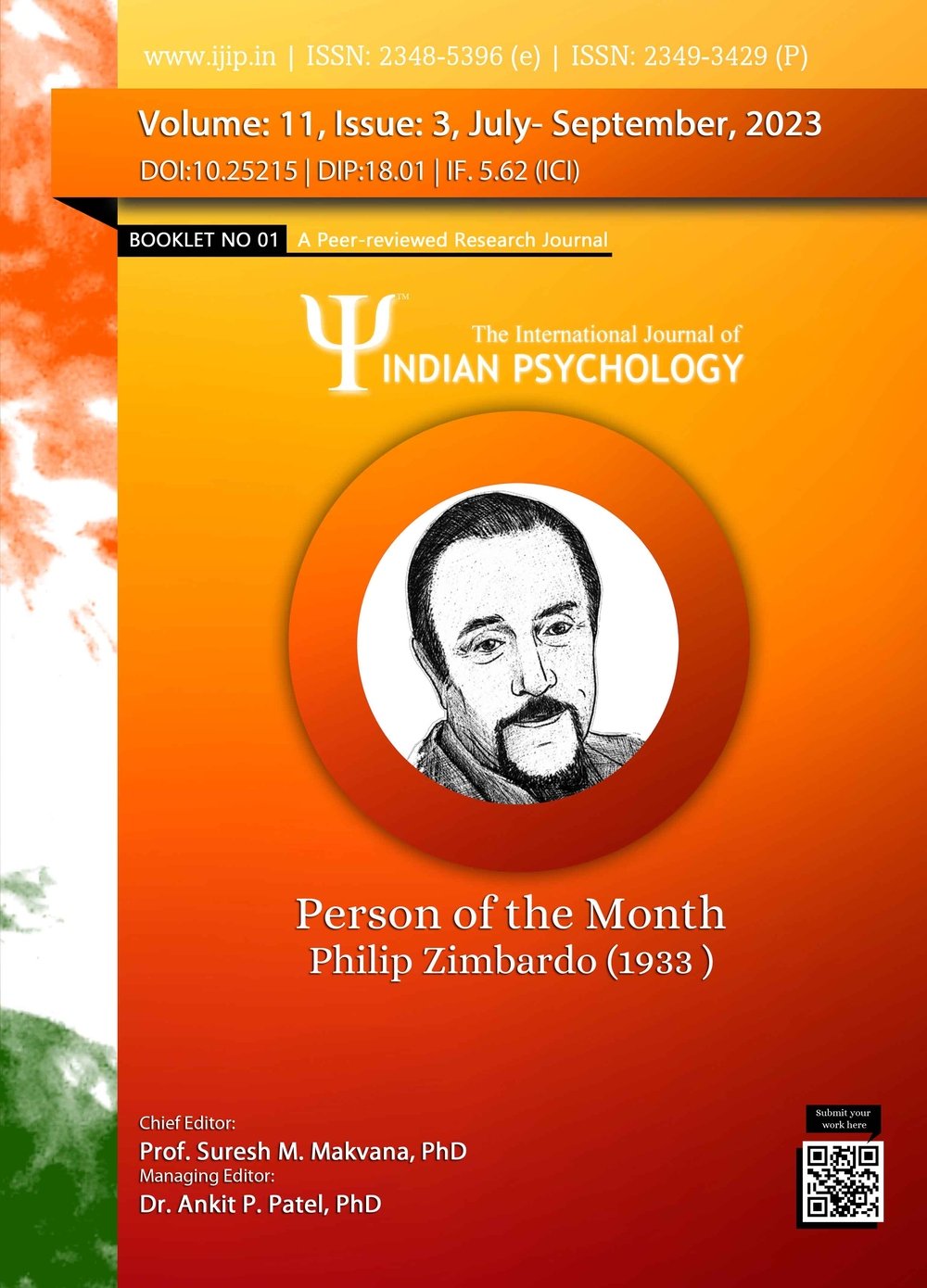Relationship Between Body Image Avoidance and Psychological Well Being (18-30 Years)
DOI:
https://doi.org/10.25215/1103.183Keywords:
Body Image Avoidance, Psychological Well-Being, Correlational Research, Non-Probability Purposive Sampling Technique, Descriptive Statistics, Pearson Correlation, Significant Correlation, Null HypothesisAbstract
The objective of the study was to study the relationship between body image avoidance and psychological well-being among people aged between 18- 30 years. A sample of 100 irrespective of gender was collected. The present study used correlational research design. The researcher had used Non probability purposive sampling technique. Data has been collected using The Body Image Avoidance Questionnaire (Rosen et al. 1991) and the 42-item Psychological Well Being (PWB) Scale also known Ryff’s scale of Psychological well-being (Ryff et al., 2007; adapted from Ryff, 1989). Descriptive statistics, Pearson Correlation was used to study the data. The findings indicated that there was significant correlation between body image avoidance and psychological well-being among people aged between 18-30 years. The result of the study concluded that there was a weak negative correlation seen between body image avoidance and psychological well-being thereby rejecting the null hypothesis.Metrics
No metrics found.
Published
2022-11-05
How to Cite
Tanya Kaushik, & Shruthi Rose. (2022). Relationship Between Body Image Avoidance and Psychological Well Being (18-30 Years). International Journal of Indian Psychȯlogy, 11(3). https://doi.org/10.25215/1103.183
Issue
Section
Articles


